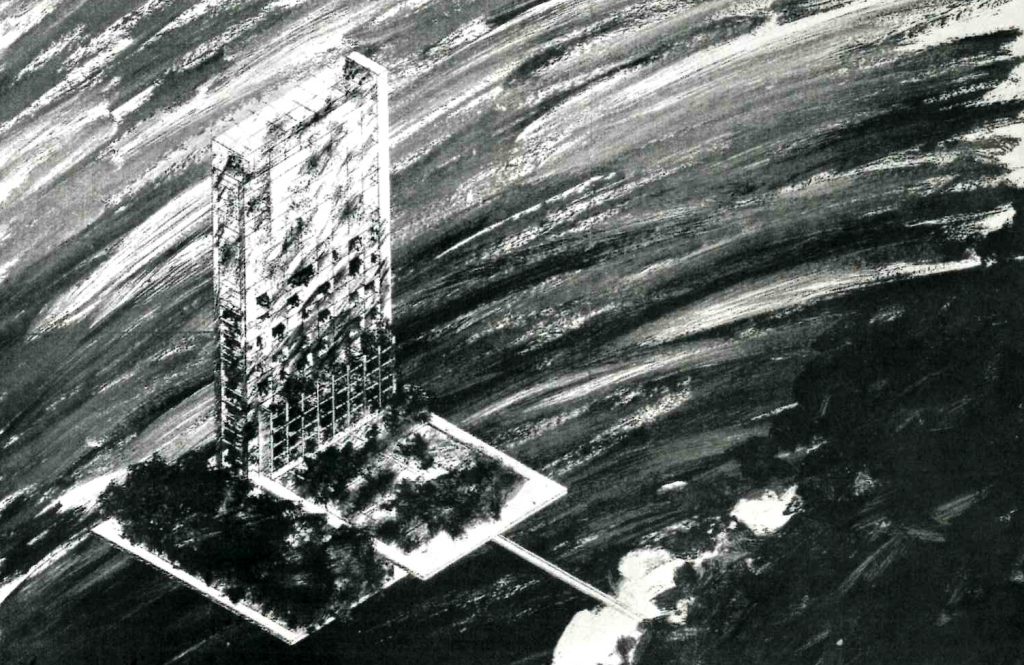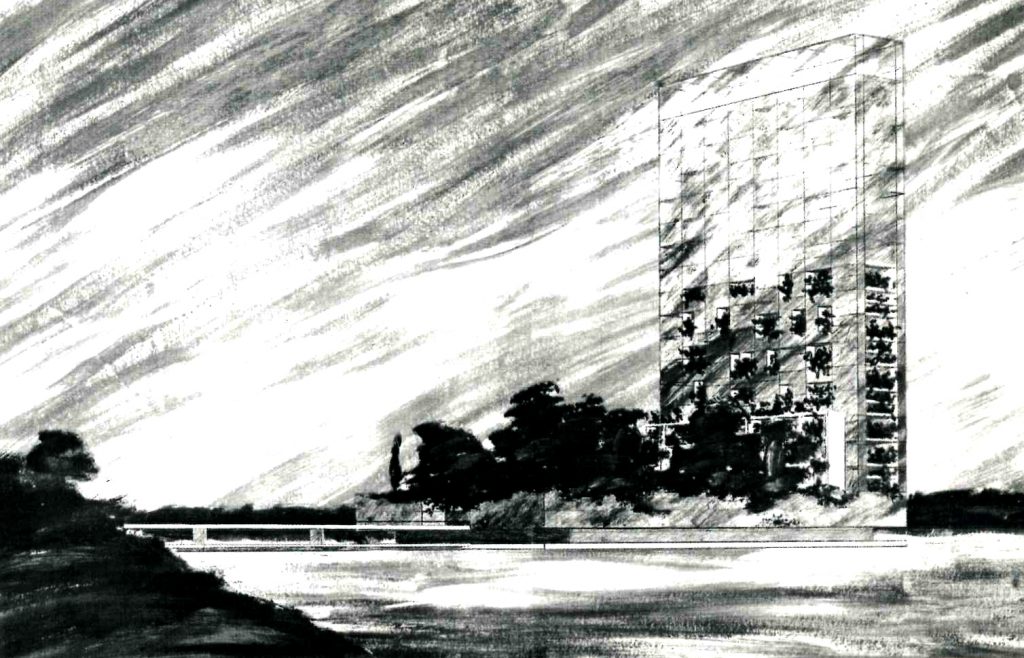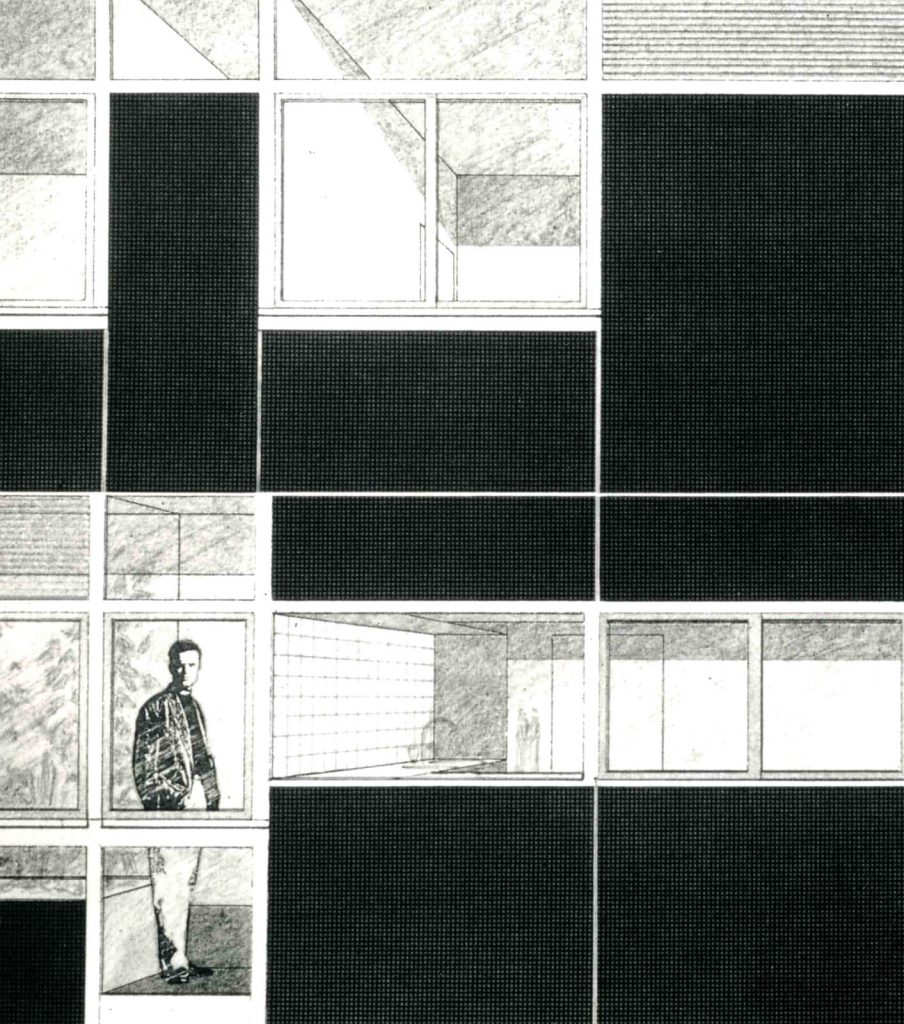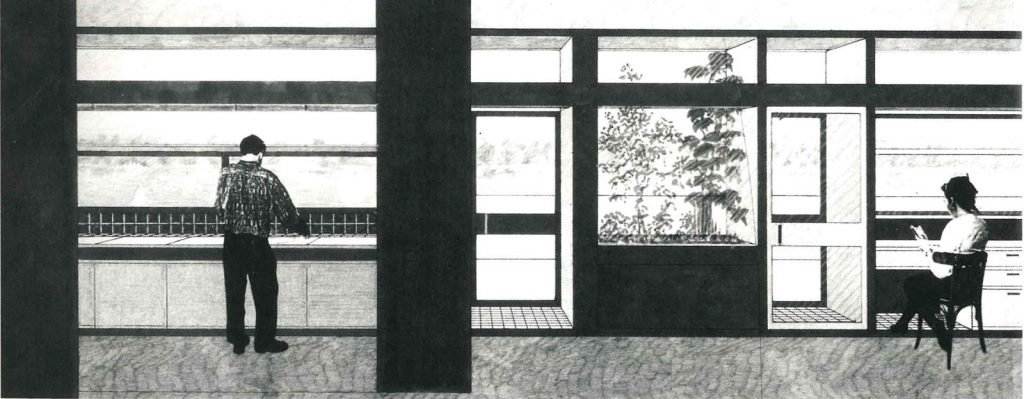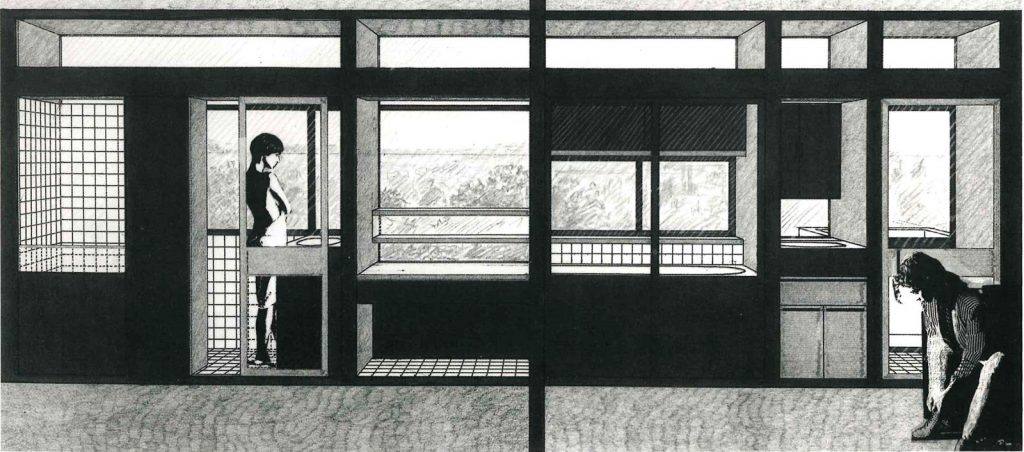The importance which has recently been accorded to the “l” in architecture, the creative itself, has tended to overshadow the fact that an architect is also a social agent. The problem of housing exists in different yet similarly acute forms all over the world.
In first addressing this matter a number of years ago, together with François Leclercq, we came to the conclusion that we could not dissociate the question of the city: they are two facets of the same question, we read everywhere we looked.
La importancia que se le ha otorgado recientemente al “l” en la arquitectura, la creatividad misma, ha tendido a eclipsar el hecho de que un arquitecto es también un agente social. El problema de la vivienda existe en formas diferentes pero igualmente agudas en todo el mundo.
Al abordar este asunto hace varios años, junto con François Leclercq, llegamos a la conclusión de que no podíamos disociar la cuestión de la ciudad: son dos facetas de la misma pregunta, lo leemos en todas partes que miramos.
Throughout the present century, however, it has been the housing “Type” which has kept things on the move. Ways of living, lifestyles, still have much to contribute to the evolution of the city.
So we had to get down to fundamentals and admit that space will never be the only raw material of architecture. To work at the same time with duration is to give a very evident place to the question of the permanent and the ephemeral.
The housing presented here has a certain passive quality at its core, while all of the energy, all of the capacity to evolve, to embody technological progress, is to be found in the façade. In this way the notion of the façade, of modeling, of good design, the dread of semantic emptiness were all fused together.
A lo largo del siglo actual, sin embargo, ha sido la vivienda “Tipo” la que ha mantenido las cosas en movimiento. Los modos de vida, los estilos de vida, todavía tienen mucho para contribuir a la evolución de la ciudad.
Así que tuvimos que llegar a los fundamentos y admitir que el espacio nunca será la única materia prima de la arquitectura. Trabajar al mismo tiempo con la duración es dar un lugar muy evidente a la cuestión de lo permanente y lo efímero.
La vivienda presentada aquí tiene una cierta calidad pasiva en su núcleo, mientras que toda la energía, toda la capacidad para evolucionar, para incorporar el progreso tecnológico, se encuentra en la fachada. De esta manera, la idea de la fachada, de la modelación, del buen diseño, el temor al vacío semántico estaban todos fusionados.

